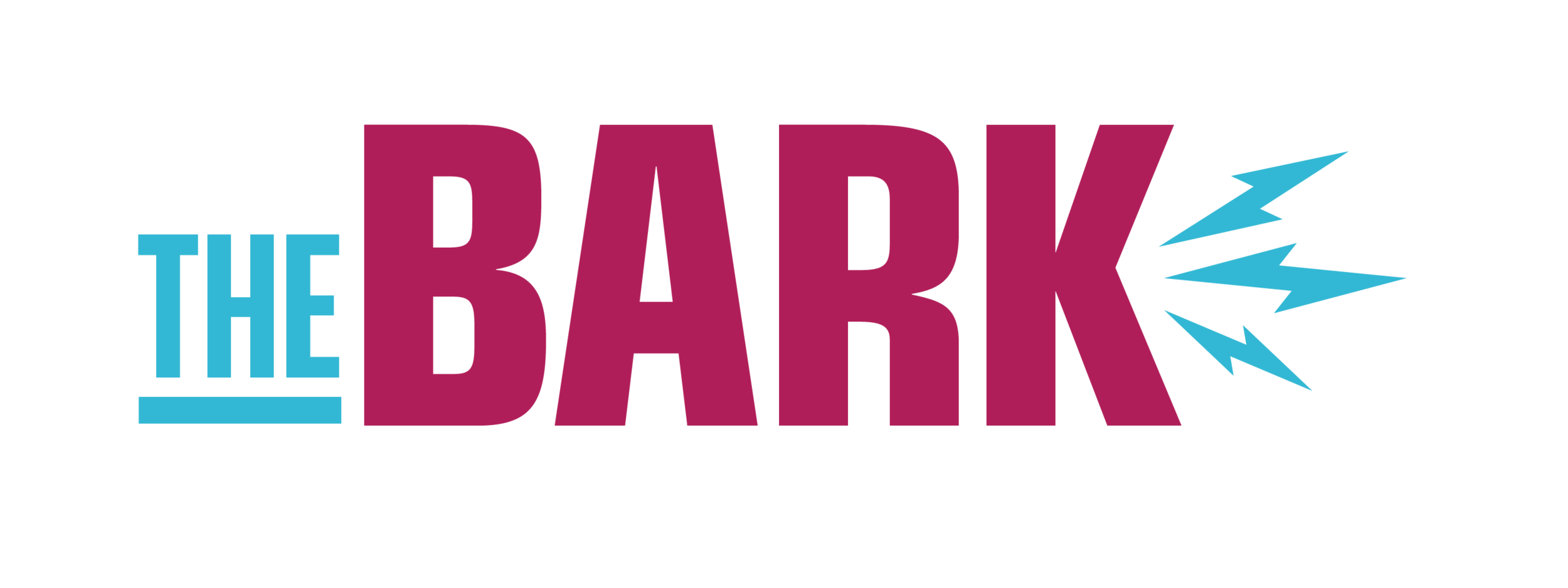COMM Department Ranked High For Investment Return - But Why Does Enrollment Keep Declining?
Editor’s Note: Read the response from the Head of Department of Communication here.
When deciding what major to pursue, a lot of prospective undergraduate students consider if investing their time and money in that major will be worth it when finding a career after graduation.
A major at the University of Minnesota Duluth (UMD) that seems to get students the best “bang for their buck” is Communication.
According to the Department of Communication’s website, “...a recent analysis of more than 3,000 colleges and universities nationwide found that COMM at UMD ranked 3rd in the nation in terms of the dollar-for-dollar return on investment over one's career.”
This information comes from the 2021 analysis “Is College Worth It? A Comprehensive Return on Investment Analysis,” by Preston Cooper.
The ranking UMD received, however, was in terms of undergraduate-only programs at schools comparable to UMD. Despite this, among all Communication programs at any size college or university nationwide, UMD students were in the 89th percentile in terms of return on investment.
Since UMD’s COMM department ranks so well in terms of return on investment, one might assume that student enrollment in the department would be doing well, if not increasing. It would make sense that a degree at UMD that offers a good career turnout for investment would have a good deal of prospective students interested. Oddly enough, this does not seem to be the case.
According to University Institutional Research, UMD’s student enrollment in Communication has gone down by 106 over the past eight years. That may not seem like much, but when you consider that enrollment was 274 in 2016 and is now 168 in 2023, that’s about a 38% decrease.
Curtesy of UMD Office of Institutional Research website
Since the 2020 COVID-19 pandemic, enrollment in the UMD COMM department has been dropping at a faster rate than ever before. From the 2020 to the 2021 academic year, enrollment dropped by 16.5%. From the 2022 to the 2023 academic year, enrollment dropped by 14.3%.
Prior to 2020, the biggest drop in enrollment was only by 7.7% from the 2016 to the 2017 academic year. This trend in ongoing decrease in enrollment is not just unique to the UMD COMM department, but is a trend that colleges are facing across the nation.
According to the 2024 article “U.S. College Enrollment Decline: Facts and Figures,” by Lyss Welding, the National Student Clearinghouse Research Center (NSCRC) found that between fall 2019 and fall 2023, undergraduate student enrollment fell by over 900,000 students, or almost 6% of total enrollment.
UMD Academic Advisor Tanner Thode, who works for the College of Arts, Humanities and Social Sciences (CAHSS) advising office, said that enrollment for communication majors this year, so far, has been about 150 students.
“A lot of the incoming students I had over orientation this summer didn’t have any questions about the COMM major…” said Thode. “This is a concern in itself because they [CAHSS department] are wanting to know what students are excited about in communication and why they are majoring in communication.”
Thode talked about how the Communication major seems to be less seen as a “catch all” degree by students that pursue it just so they can have a degree. Thode continued to explain that nowadays it seems there’s more value in a degree itself rather than just the title, so students now seem to be less afraid to pursue a more specific degree that they are interested in.
This could explain why student enrollment has gone down over the years. Even though a Communication degree isn’t just seen as a broad degree that could get you any job, it could mean that students are less inclined to take it just to have a degree but instead want to pursue a field of study they’re passionate about.
Since there have been only about 150 enrolled Communication majors this fall so far, and with recent years showing a continuous trend in decreasing numbers, it seems that the COMM department may have to expect this trend to continue in the future.

